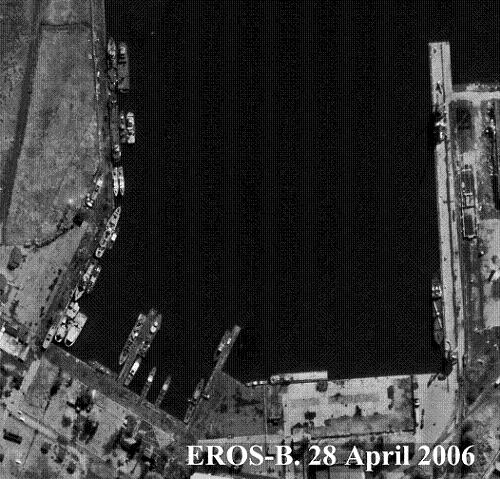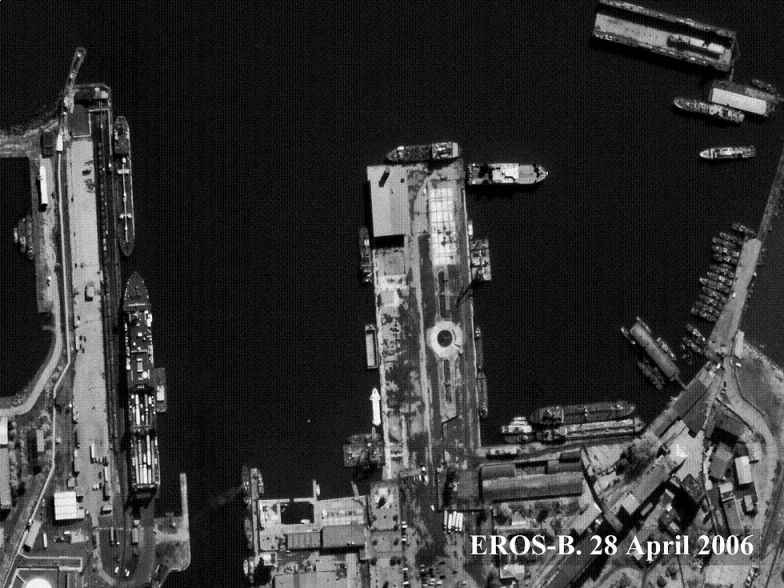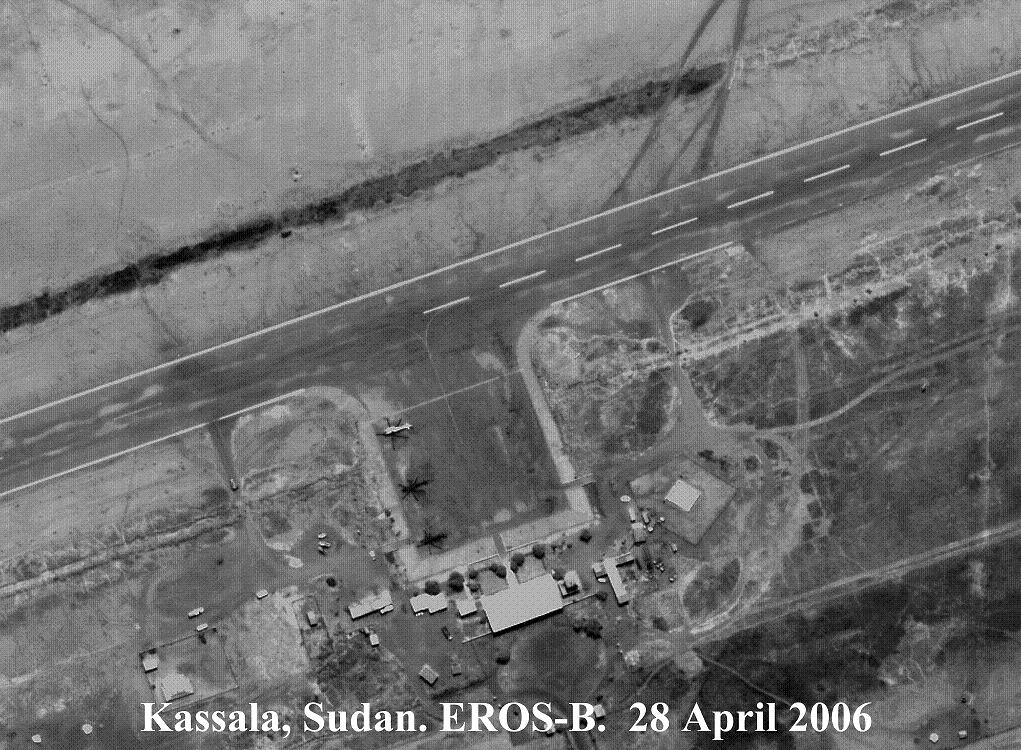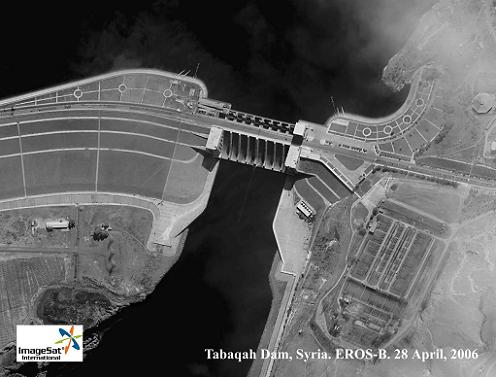ImageSat International has released the first images of sites in the Middle East taken by the Eros B satellite. Among the sites that were photographed - a dam in Syria, an airport in Sudan, and a port that was not specified where it is located

ImageSat International has released the first images of sites in the Middle East taken by the Eros B satellite. Among the sites that were photographed - a dam in Syria, an airport in Sudan, and a port that was not specified where it is located.
The Eros B satellite, launched last week by Imagest from Siberia, Russia, began transmitting the first photographs to Earth on Friday. The photographs arrived at a quality that was described in the Imagest control center as "excellent", thus crowning the entire project as a success.
"We see people walking in the streets, not to mention cars driving," said Shimon Ekhaus, CEO of Image. The satellite sends out images that make it possible to distinguish between two objects that are 70 cm apart. If they are less than 70 cm apart, they appear as one body only. For comparison, the satellite launched by the company five years ago makes it possible to distinguish between two objects that are at least 1.5 meters apart.
Imagest announced on April 25, 2006, the successful launch of the EROS B commercial observation satellite from the Svobodny launch site in Siberia, Russia, using the Russian START 1 rocket. Command and control of the satellite is functioning properly.

"Based on our experience, we expect to produce the first images already in a few days and assume that an operational service will be provided within a few weeks." said Shimon Eckhaus, CEO of the company on the day of the launch.
EROS B, the second in the series of EROS satellites owned by Imagest, operated by the company to provide unique photography services in Israel and around the world, is a lightweight satellite, and has the ability to shoot at a very high resolution of 70 cm - thanks to significant technological advantages both in photography and in the processing of the received information . The low weight of the satellite (290 kg) enables high-quality performance. Like the EROS A satellite that has been operational since its launch in 2000, EROS B is also planned to provide service for a period of 8-10 years.
With the successful launch of EROS B, the company will offer a wider range of services to its existing and future customers, as well as a higher shooting frequency.
The launch was carried out at GMT:16:46 and the satellite detached from the rocket as planned, after 16 minutes. The company estimates that it will take about 10 days until it can be verified that all the satellite systems are working properly.

The owners of Imagest are Israel Aerospace Industries, Elbit/Al-Op, as well as investors from the USA and Europe. The satellite is manufactured by the Missile and Space Division of the Israel Aerospace Industry. The Mabat Space plant produces lightweight and high-resolution observation satellites, communication satellites and ground stations for command and control and is responsible for the design, manufacture and testing of satellites, as well as surveillance and control. IAI leads the space sector in Israel and serves as prime contractor for all space activities.
The EROS B camera is made by Elbit/Al-Op.
Imagest recently successfully raised bonds (bonds) in the amount of 30 million dollars to finance this successful launch and plans to make an offering in the near future.
First pictures were taken from the Levin Eros B
29.4.2006
By: Avi Blizovsky
Yesterday (Friday) the control center of the Aerospace Industry in Yehud received the first successful images sent by the Eros B satellite that was launched on Tuesday of this week from Russia.
Walla reported that the head of the Israel Space Agency, Prof. Yitzhak Ben Israel, told the Voice of Israel that the satellite will make it possible to monitor Iran's nuclear development program and identify, among other things, the construction of centrifuge buildings, development works and the construction of tunnels. The satellite will also be able to monitor what is happening in other countries.
The satellite, which weighs 290 kg, is also expected to regularly send images for civil, commercial and scientific uses to a large variety of countries and companies, and enable mapping of land and sea areas for various needs, including environmental quality, land utilization and infrastructure planning. The satellite images can also be used to warn of natural disasters and estimate their damages.

ImageSat's service to its customers will include control capabilities and receiving better photographs and the ability to maintain confidentiality and operate the satellite independently. Thanks to the successful launch of Eros B, ImageSat can offer its existing and new customers a better service and a greater frequency of repeated photographs at the same sites.

3 תגובות
that we can
It was really beautiful, but if you bring the satellite that was made to take pictures in Israel